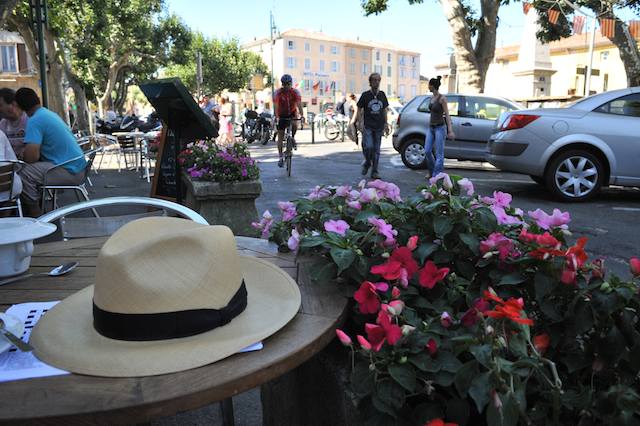With my Open University colleagues Martin Weller, Simon Rae and Doug Clow I’ve just finished an experimental online reading group aimed at exploring ways of encouraging ‘deep reading’. It’s aimed at people who are interested in ideas but find it difficult to find time to do anything other than skim-read serious books. The project is based on the idea that “if a book is worth reading then it’s worth reading well”. The first book we chose for the exercise was Jonathan Zittrain’s The Future of the Internet: And How to Stop it , a central theme of which is the dangers to ‘generativity’ (i.e. technology-enabled creativity) posed by tethered devices like the iPhone.
, a central theme of which is the dangers to ‘generativity’ (i.e. technology-enabled creativity) posed by tethered devices like the iPhone.
As far as I remember (I can’t locate my copy of the book just now), Zittrain doesn’t mention the Amazon Kindle, but — as we’ve seen in the last week — it provides a rather dramatic case study. I’ve already blogged about this, but the FT’s Richard Waters has posted a striking comment which makes the point well.
Amazon’s woeful decision to delete unauthorised copies of 1984 and Animal Farm from its customers’ Kindles hammers home an uncomfortable lesson.
The idea that you can “own” digital data, in the same sense that you can own a book, was always suspect. But at least some forms of digital media have conveyed many of the attributes of ownership. With local storage, the bits have been delivered onto a device that you can unplug and put in your pocket. The information, at that point, is “yours”.
Unless the device in question is a Kindle. Once connected to Sprint’s Whispernet (now that’s a name George Orwell would have appreciated) Amazon can (and did) reach in and delete it.
New internet media platforms like this raise a dilemna. Their owners have the power to control information on the client. So if they have a legal responsibility to remove data from their systems – say, after receiving a take-down notice under the DMCA – failing to expunge it may expose them to liability.
That seems to be the conclusion Amazon came to. The outcry this has caused has now led it to promise to be less intrusive in future, though it has failed to say how it will act the next time around.
Operating systems designed for the Web, like Chrome OS, take this further. With no local storage, nothing can ever be owned, only rented…
Yep. And that’s why anyone who thinks that the future belongs to eReaders is what Lenin had in mind when he coined the phrase “useful idiot”.
LATER: One of the participants in our online reading group sent us a link to this Bookseller article which draws attention to an interesting point made by the New York Times which reported that
Amazon’s actions were at odds with its published terms of service agreement for the Kindle that does not appear to give the company the right to delete purchases after they have been made. It says Amazon grants customers the right to keep a “permanent copy of the applicable digital content”. Retailers of physical goods cannot, of course, force their way into a customer’s home to take back a purchase, no matter how bootlegged it turns out to be. Yet Amazon appears to maintain a unique tether to the digital content it sells for the Kindle, the NYT noted.
The Bookseller reports that Amazon would now be altering its policy so that it could block illegal copies, but not take back copies innocently downloaded by customers. “We are changing our systems so that in the future we will not remove books from customers’ devices in these circumstances,” a spokesman said.







